The Windermere
400 West 57th Street (at Ninth Avenue)
Opened: 1881
Architect: Theophilus G. Smith
The Windermere in Hell's Kitchen is the oldest large apartment complex remaining from one of Manhattan's first apartment-house districts. Its story represents both a glorious past and a terrifying, almost unbelievable descent into landlord/tenant-relationship hell. For almost three decades, its crumbling walls in one of Manhattan's most expensive neighborhoods told a truly sordid tale of vidictive greed, irrational tenaciousness and unintended consequence.
It all began promisingly enough in 1879 when three young men bought this 12,500 square foot plot for $39,000 (in what was then a fairly barren area) with hopes of becoming rich as land speculators. They hired architect Theophilus G. Smith and the resulting seven-story, three-winged luxury building opened in 1881 with 39 five- or six-bedroom apartments with marble fireplaces, hazelwood molding, parquet floors, hydraulic elevators and telephone service (the city had gotten its first exchange only two years earlier). The exterior design combined stylistic features of Queen Anne, High Victorian Gothic (polychromatic brick and horizontal banding), and Romanesque (round-arched windows and cornices). The most notable exterior features are the three-story bowed oriels and the use of contrasting Ohio stone trim and channeled brick pilasters that corbel at the cornices. The building's name may have been inspired by Lake Windermere in England.
Pioneers are the ones with the arrows in their backs and the building was soon eclipsed by the Chelsea Hotel (1883), The Dakota (1884), and the Osborne (1885). As the wealthy clientele was siphoned off to these taller, more opulent buildings, the Windemere became a pioneering home for the emerging demographic of unmarried, financially-independent women created by employment opportunities in the city. Residents were grouped into the multi-room apartments, sharing a bathroom and kitchen but essentially remaining independent of each other. Because of the modern quality of its design, it was more attractive to these "New Women" than the typical boarding house of the time. By the late 1890s, 80% of the building's 200 residents were women and the unconventional quality of the building also attracted artists and performers. But with the opening of subway lines in the early 20th century, Hell's Kitchen began losing population as tenants were drawn to attractive new apartment houses in northern Manhattan and the Windemere's resident mix became more balanced.
The building's descent into the abyss began with demographic changes in the city in the late 1960s and 1970s as drug dealers and prostitutes joined the artists, actors and musicians in the Windermere. By 1980, the building was only about half full and the remaining residents who refused financial incentives to vacate were burgled, assaulted and threatened with death. The harrassment culminated in conspiracy convictions against the building agent, manager and superintendent in 1985.
When Toa Construction bought the building in 1986, only a handful of residents remained, protected from eviction by housing laws but trapped in a building that was intentionally undermaintained for the next two decades. A rent strike begun in the early 1980s dragged into the 21st century because Toa never provided the tenants with an address where they could mail their rent. The building received landmark designation in 2005 but the aging Japanese landlord continued to sit on the decrepit property, stubbornly awaiting the death or departure of the last holdouts. In an especially bizzare turn of events in 2006, an appeals court prevented the eviction of a mentally ill tenant who retained a $104/month room in the building while spending most of his nights sleeping in Central Park.
Finally, in September of 2007 the landlord's long-term strategy to clear the building by allowing it to decay into uninhabitability succeeded when the fire department evacuated the remaining seven residents (most poor, elderly and/or in ill-health) due to unsafe conditions.
In 2009, developer Mark Tress acquired The Windermere for $13 million, with plans for a hotel with an interior courtyard, 1,500 square feet of grade-level retail, and a rooftop addition to allow for a restaurant. The scaffolding finally came down on the exterior renovation in the Summer of 2019, although when I last visted in March of 2020 in the midst of the COVID-19 pandemic, the long-awaited rebirth was still pending.

The Windermere

The Windermere

The Windermere
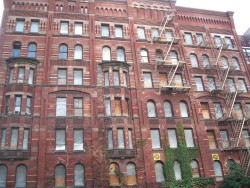
The Windermere
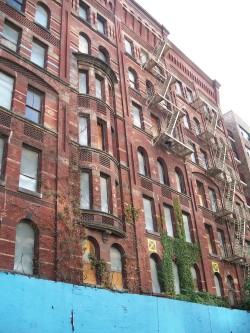
The Windermere
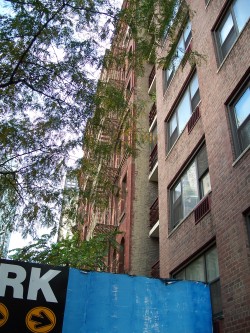
The Windermere
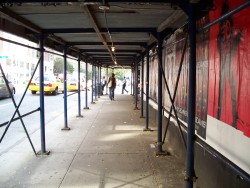
The Windermere
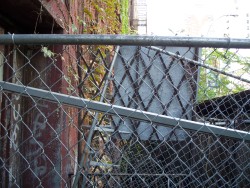
The Windermere
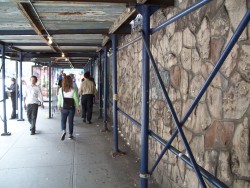
The Windermere

The Windermere
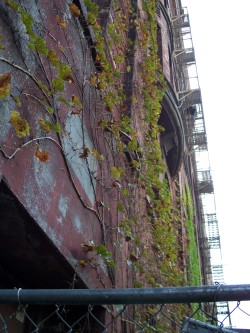
The Windermere
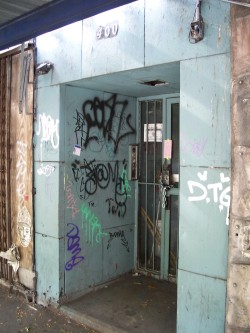
The Windermere

The Windermere
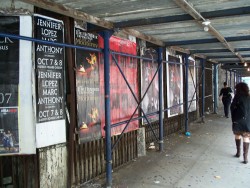
The Windermere
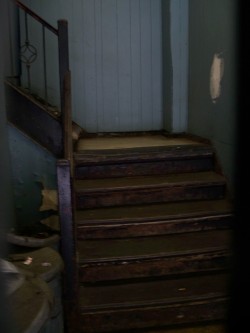
The Windermere

The Windermere
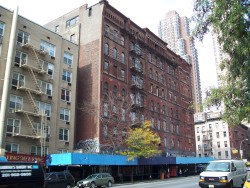
The Windermere
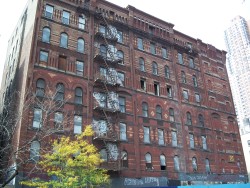
The Windermere

The Windermere
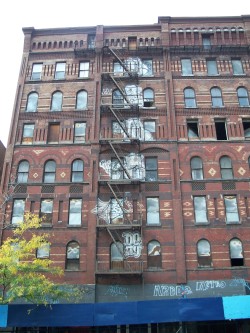
The Windermere

The Windermere

The Windermere

The Windermere
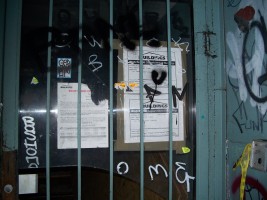
The Windermere

The Windermere

The Windermere

The Windermere

The Windermere
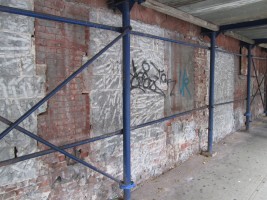
The Windermere
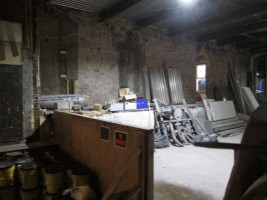
The Windermere

The Windermere
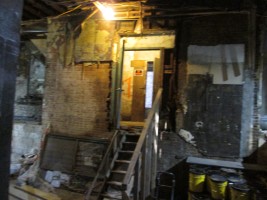
The Windermere

The Windermere
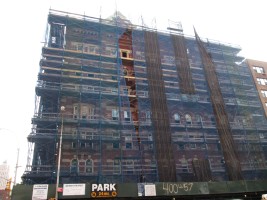
The Windermere

The Windermere
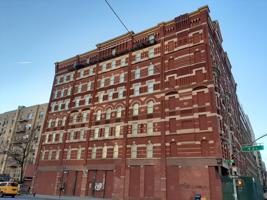
The Windermere

The Windermere

The Windermere
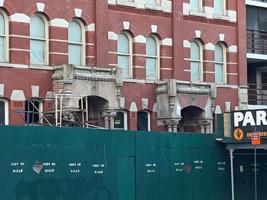
The Windermere

The Windermere
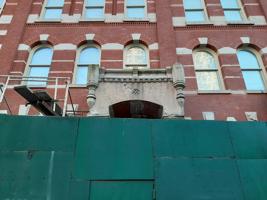
The Windermere
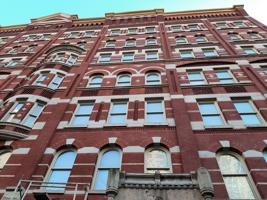
The Windermere